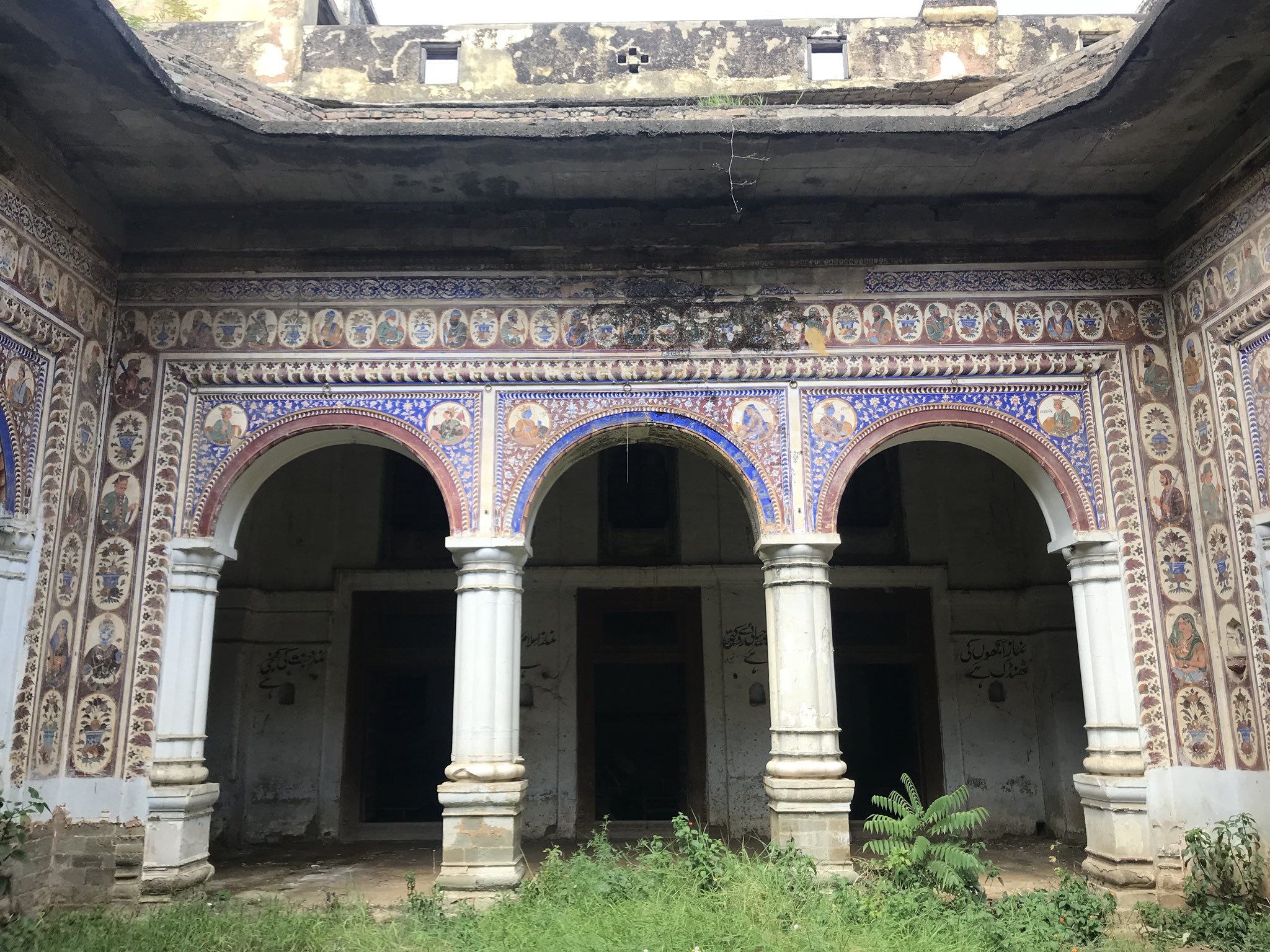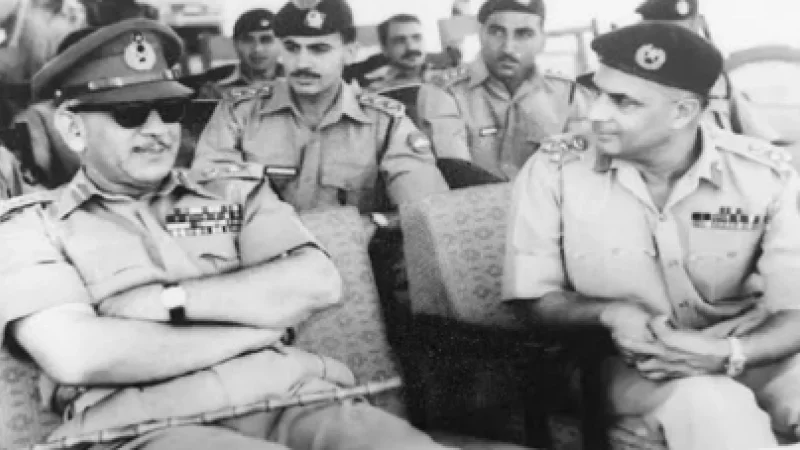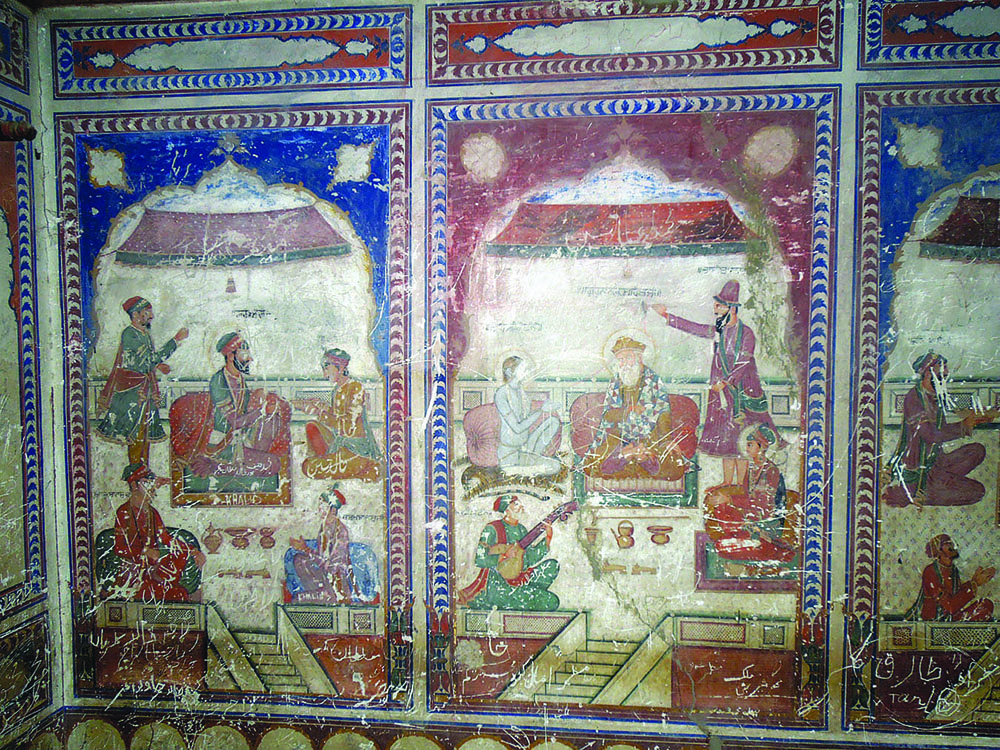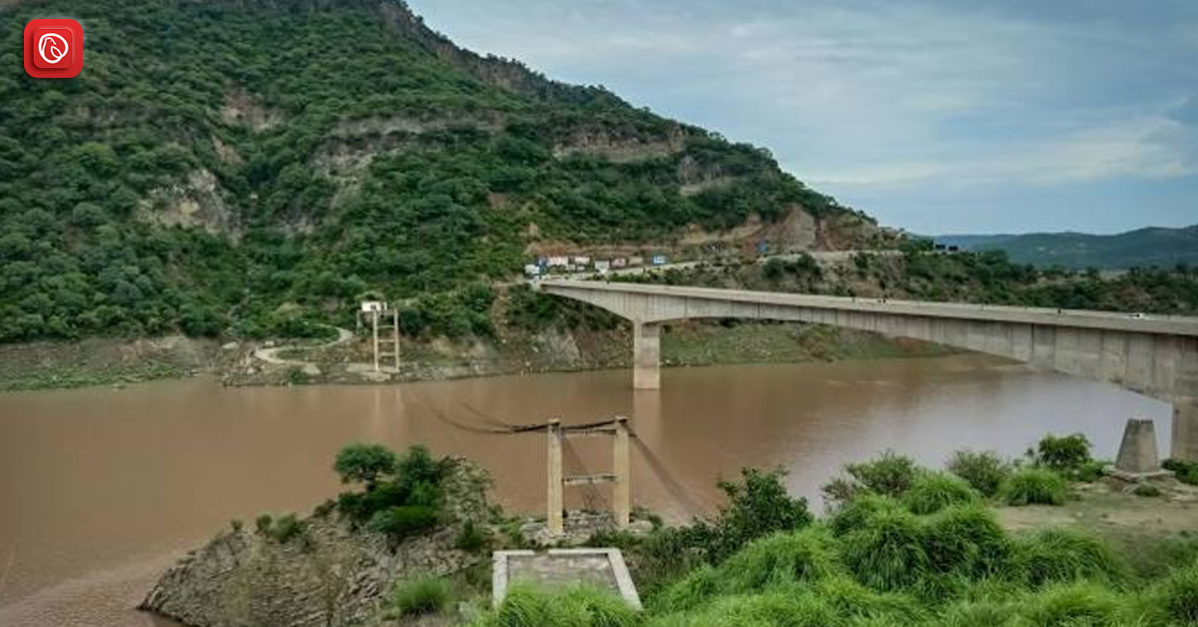Kallar Syedan, a town nestled amidst the serene landscapes of Punjab, Pakistan, stands as a testament to the region’s rich history and cultural heritage. Dating back approximately 1,200 years, this ancient town has been a witness to the ebbs and flows of civilisations, from its humble beginnings to its prominence during Sikh rule. With its roots firmly entrenched in the annals of time, Kallar Syedan beckons curious travellers to explore its storied past and vibrant present.
During the era of Sikh rule, Kallar Syedan rose to prominence as a centre of power and influence in the Rawalpindi district. The remnants of this bygone era are evident in the town’s architectural marvels, including havelis, gurdwaras, and small fortresses that dot its landscape. The Krishna Temple, a striking example of Hindu architecture built during Sikh rule, serves as a poignant reminder of the town’s religious diversity and cultural synthesis.
In the latter half of the 19th century, Kallar Syedan witnessed the construction of the illustrious Bedi Mahal by Baba Khem Singh Bedi. The transformation of Bedi Mahal into a boys’ high school post-Partition reflects the adaptive spirit of Kallar Syedan’s inhabitants, preserving its heritage while embracing modernity.
As travellers traverse the ancient streets of Kallar Syedan, they embark on a journey through time, unravelling the layers of history that have shaped this timeless town into the cultural gem it is today.
Graana.com has compiled a detailed blog about Kallar Syedan, highlighting its history, geography, famous places, and other aspects.
History of Kallar Syedan

The history of Kallar Syedan dates back approximately 1,200 years, tracing its roots to ancient times in the region of Punjab, Pakistan. The town’s existence has been intertwined with various civilisations and rulerships, each leaving its mark on its cultural landscape. Hence, it is considered to be one of the most famous historical places in Pakistan.
During the period of Sikh rule, Kallar Syedan rose to prominence as a significant centre within the Rawalpindi district. This era saw the construction of numerous architectural marvels, including havelis, gurdwaras (Sikh temples), and fortresses, which still stand as testaments to the town’s historical significance. Notable among these structures is the Krishna Temple, showcasing the religious diversity and architectural prowess of the Sikh rulers.
In the latter half of the 19th century, Kallar Syedan witnessed the construction of Bedi Mahal by Baba Khem Singh Bedi, a prominent figure of his time. Baba Khem Singh’s contributions, including his assistance to the British Raj during the 1857 Indian mutiny, earned him recognition and prestige. Following Partition, Bedi Mahal was repurposed into a boys’ high school, symbolising the transition of Kallar Syedan from a seat of power to a centre of education and community development.
Through the ages, Kallar Syedan has remained resilient, adapting to changing circumstances while preserving its cultural heritage. Today, the town continues to thrive as a vibrant hub, welcoming visitors to explore its rich history, from its ancient origins to its modern-day endeavours in sustaining its legacy for future generations.
Bedi Mahal

In the latter half of the 19th century, Baba Khem Singh Bedi erected the magnificent Bedi Mahal, adding another layer of grandeur to Kallar Syedan’s landscape. Baba Khem Singh’s legacy intertwines with tales of valour and service, notably as he assisted the British Raj during the 1857 Indian mutiny.
This act of loyalty earned him prestigious positions within the colonial administration, culminating in his nomination to the Viceroy’s Legislative Council in 1893. The transformation of Bedi Mahal into a boys’ high school post-Partition adds yet another chapter to its storied history, reflecting the adaptive spirit of Kallar Syedan’s inhabitants.
Transportation
Kallar Syedan’s strategic location on the N-38 Kallar Syedan Road facilitates seamless connectivity with neighbouring regions, including Azad Kashmir. The recently constructed Kallar Syedan Bypass enhances accessibility within the city, catering to the evolving transportation needs of its populace. Local bus and minibus services form the lifeline of intra-city commute, ensuring efficient mobility across the 15 towns and 11 union councils that constitute Kallar Syedan.
Places of Interest

Dhamali, Bedi Mahal, Sangni Fort, and Pharwala Fort showcase Kallar Syedan’s architectural legacy. Each structure tells a unique story of legend and historical importance. Visitors can delve into Punjab’s cultural richness through these landmarks. Additionally, the Old Gurdwara Kallar Sayyidan symbolizes religious diversity and peaceful coexistence. These sites offer glimpses into the region’s past and its harmonious ethos.
Geography of Kallar Syedan

Kallar Syedan boasts a diverse and captivating geographical landscape. Situated amidst rolling hills and fertile plains, the town offers a scenic backdrop that is both picturesque and bountiful. Kallar Syedan’s terrain is marked by undulating hills and valleys, offering opportunities for activities like hiking.
The lush greenery covering the hillsides adds to its beauty, especially during the monsoon season. The landscape becomes vibrant with shades of green as rain nourishes the land. This transformation breathes life into the region, creating a captivating atmosphere. Locals and visitors alike enjoy the rejuvenating ambiance.
The town boasts abundant water resources, including rivers, streams, and natural springs. These water bodies provide irrigation for surrounding farmlands and enhance the town’s allure. Flowing water adds to the tranquility of Kallar Syedan. Crystal-clear streams winding through the countryside create a serene ambiance. This environment is characteristic of the town’s natural beauty.
Kallar Syedan’s strategic location near key transportation routes, like the N-38 Kallar Syedan Road, enhances its appeal to travelers. The town’s accessibility connects it to neighboring regions, making it an ideal destination. Visitors can enjoy both the scenic countryside of Punjab and modern amenities.
Notable Personalities of Kallar Syedan

Tikka Khan, Abdul Aziz Mirza, and Khem Singh Bedi are renowned figures from Kallar Syedan, leaving lasting legacies in history. They excelled in military prowess and administrative skills, enriching their hometown’s cultural heritage. Their contributions continue to inspire future generations.
Babay Da Mehal
‘Babay Da Mehal’, also called the Bedi Palace, represents past grandeur despite aging. Built by Baba Khem Singh Bedi in the late 19th century, it showcased the Bedi family’s wealth and architectural prowess. Today, it remains a testament to their legacy.
Babay Da Mehal, or the Bedi Palace, showcases exquisite architectural features from its era. Baba Khem Singh Bedi constructed the palace in the late 19th century. It stands as a testament to the opulence of that time. The palace reflects grandeur and sophistication.
Babay Da Mehal stands out with its four-story structure in the narrow alleys of Kallar Syedan. Intricately carved wooden balconies and windows adorn the palace, displaying Sikh architecture’s craftsmanship. The imposing presence of the palace captivates attention. Its design reflects meticulous attention to detail. Babay Da Mehal is a testament to the grandeur and skill of its builders.

Central Courtyard
The central courtyard of Babay Da Mehal is a masterpiece, adorned with pillars and jharokas that allow light and ventilation. It’s the focal point of the palace, offering a serene oasis for visitors. Surrounding frescos and murals depict scenes from Sikh history. The courtyard invites admiration and contemplation of its beauty. Visitors can immerse themselves in the palace’s rich heritage and architectural splendor.
Babay Da Mehal boasts remarkable frescos and murals, enhancing the palace’s architectural charm. These intricate artworks showcase diverse themes such as Sikh gurus, warriors, and daily life scenes. The vibrant colors and detailed craftsmanship captivate visitors, immersing them in the richness of the past.
Each painting serves as a window to a bygone era, where cultural vibrancy and artistic expression flourished. The palace becomes a living testament to the creativity and heritage of its time. Exploring Babay Da Mehal offers a journey through history and artistry, evoking a sense of wonder and admiration.
Frequently Asked Questions (FAQs)
The following are some of the most frequently asked questions about Kallar Syedan:
What is the significance of Kallar Syedan in Punjab’s history?
Kallar Syedan holds immense historical significance, dating back over 1,200 years. It emerged as a prominent centre during Sikh rule, characterised by its architectural heritage and cultural vibrancy.
Who built the Bedi Mahal, and what is its historical importance?
Bedi Mahal was built by Baba Khem Singh Bedi in the 19th century. Baba Khem Singh’s role in assisting the British Raj during the 1857 Indian mutiny and his subsequent appointments to prestigious positions underscore the historical importance of Bedi Mahal.
How is Kallar Syedan connected to neighbouring regions?
Kallar Syedan is connected to neighbouring regions through the N-38 Kallar Syedan Road, facilitating transportation to places like Azad Kashmir. Additionally, local bus and minibus services ensure intra-city connectivity.
What are some notable landmarks in Kallar Syedan?
Dhamali,Bedi Mahal, Sangni Fort, and Pharwala Fort are among the notable landmarks in Kallar Syedan, each offering insights into the city’s architectural and historical heritage.
Who are some notable personalities associated with Kallar Syedan?
Tikka Khan, Abdul Aziz Mirza, and Khem Singh Bedi are notable personalities hailing from Kallar Syedan, known for their contributions to various fields such as military, administration, and cultural heritage.
What is the current state of Babay Da Mehal, or Bedi Palace?
Babay Da Mehal, once a symbol of architectural grandeur, is now in a state of deterioration. Despite serving as a government school post-Partition, neglect has led to its decline, highlighting the need for restoration efforts.
How can the historical landmarks of Kallar Syedan be preserved for future generations?
Preservation efforts, including restoration projects and heritage tourism initiatives, can help safeguard the historical landmarks of the city. Collaboration between government authorities, local communities, and heritage conservation organisations is essential in ensuring the longevity of these cultural treasures.
Conclusion
The city of Kallar Syedan is a vibrant part of Punjab’s cultural tapestry, showcasing tales of valour, architectural beauty, and communal unity. It’s our shared duty to safeguard and cherish this rich heritage for future generations. Kallar Syedan’s history should remain an enduring source of inspiration for all who visit. Preserving its legacy ensures that its significance continues to resonate. Let’s honor the past by protecting and celebrating the essence of the city.
For more informative blogs, visit the Graana Blog.




